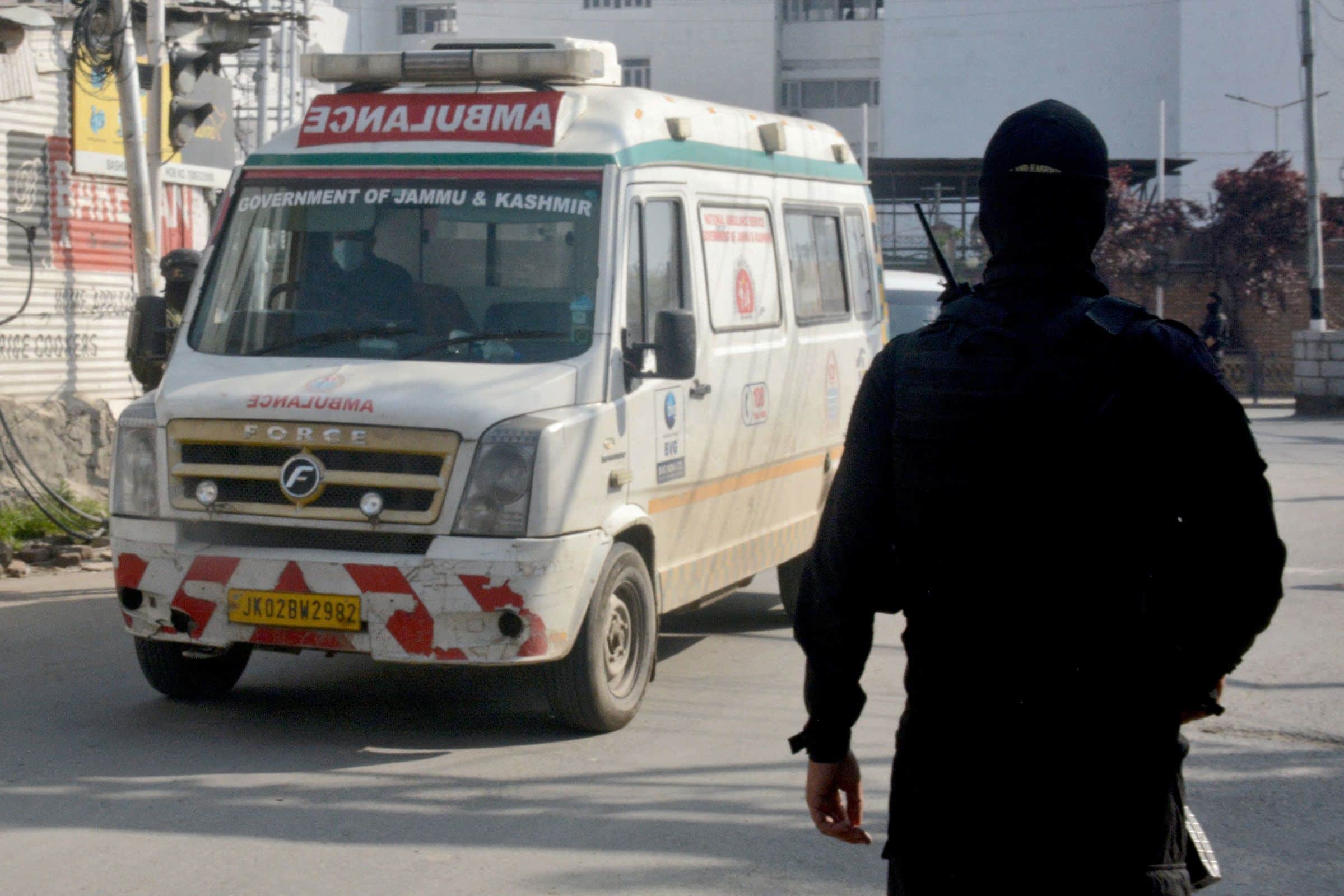India’s Response to Recent Kashmir Killings: What Lies Ahead?

Tuesday’s tragic attack in Pahalgam has left at least 26 tourists dead, marking the deadliest militant incident in Kashmir since 2019. The victims, who were enjoying a holiday in one of India’s most scenic valleys, were not military personnel but civilians, highlighting the brutality of the assault. This incident not only targets lives but also strikes at the fragile sense of normalcy that the Indian government has sought to establish in the region. In response, India has initiated a series of retaliatory measures, including closing a key border crossing and expelling diplomats, while Defence Minister Rajnath Singh has promised a strong response against those responsible.
Immediate Aftermath of the Attack
The Pahalgam attack has sent shockwaves through India, particularly given its timing during the peak tourist season. The incident has raised serious concerns about security in a region that has long been a flashpoint between India and Pakistan. The Indian government has reacted swiftly, implementing measures such as suspending a crucial water-sharing treaty and closing the main border crossing with Pakistan. These actions indicate a heightened state of alert and a determination to respond decisively to the attack. Defence Minister Rajnath Singh’s vow for a “strong response” underscores the government’s commitment to addressing the situation, not only against the attackers but also against those who orchestrated the violence.
Historical Context and Potential Responses
The history of conflict in Kashmir complicates the situation. Both India and Pakistan claim the region in full, yet each governs only parts of it. Analysts suggest that India’s response will likely be influenced by past precedents, particularly the military actions taken after previous attacks in 2016 and 2019. In those instances, India conducted surgical strikes across the Line of Control and airstrikes deep within Pakistan, respectively. Military historian Srinath Raghavan notes that the threshold for retaliation has been set high, and any response now must be calibrated to avoid miscalculations that could escalate tensions further. The potential for a military response looms large, with experts debating the timing and nature of such actions.
Risks and Considerations for India
As India contemplates its options, the risks associated with military retaliation are significant. Analysts highlight that while a strong response may satisfy public pressure and restore a sense of deterrence, it also carries the potential for escalating conflict. Covert actions may offer deniability but might not fulfill the political need for a visible response. The 2021 ceasefire along the Line of Control has already shown signs of fraying, and Prime Minister Narendra Modi may consider resuming cross-border firing. Alternatively, airstrikes similar to those in 2019 remain on the table, each option fraught with the risk of a retaliatory spiral.
The Fragile Peace in Kashmir
The ongoing tensions between India and Pakistan are further complicated by the nuclear capabilities of both nations, which necessitate careful decision-making. The threat of escalation is ever-present, and any military response is likely to be portrayed as precise and targeted. However, the potential for miscalculation remains a concern. Experts emphasize that the Indian government must also address the security lapses that allowed the attack to occur, particularly in a Union Territory where law and order is directly managed by the federal government. As the situation unfolds, the fragile peace in Kashmir hangs in the balance, with each decision carrying significant implications for the region’s stability.
Observer Voice is the one stop site for National, International news, Sports, Editor’s Choice, Art/culture contents, Quotes and much more. We also cover historical contents. Historical contents includes World History, Indian History, and what happened today. The website also covers Entertainment across the India and World.
Follow Us on Twitter, Instagram, Facebook, & LinkedIn

